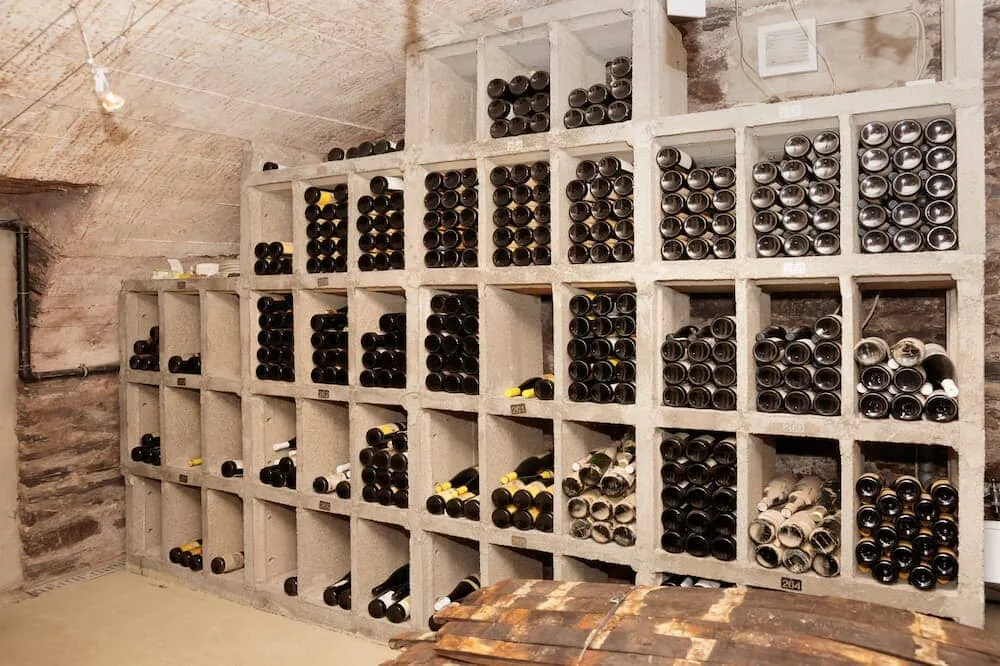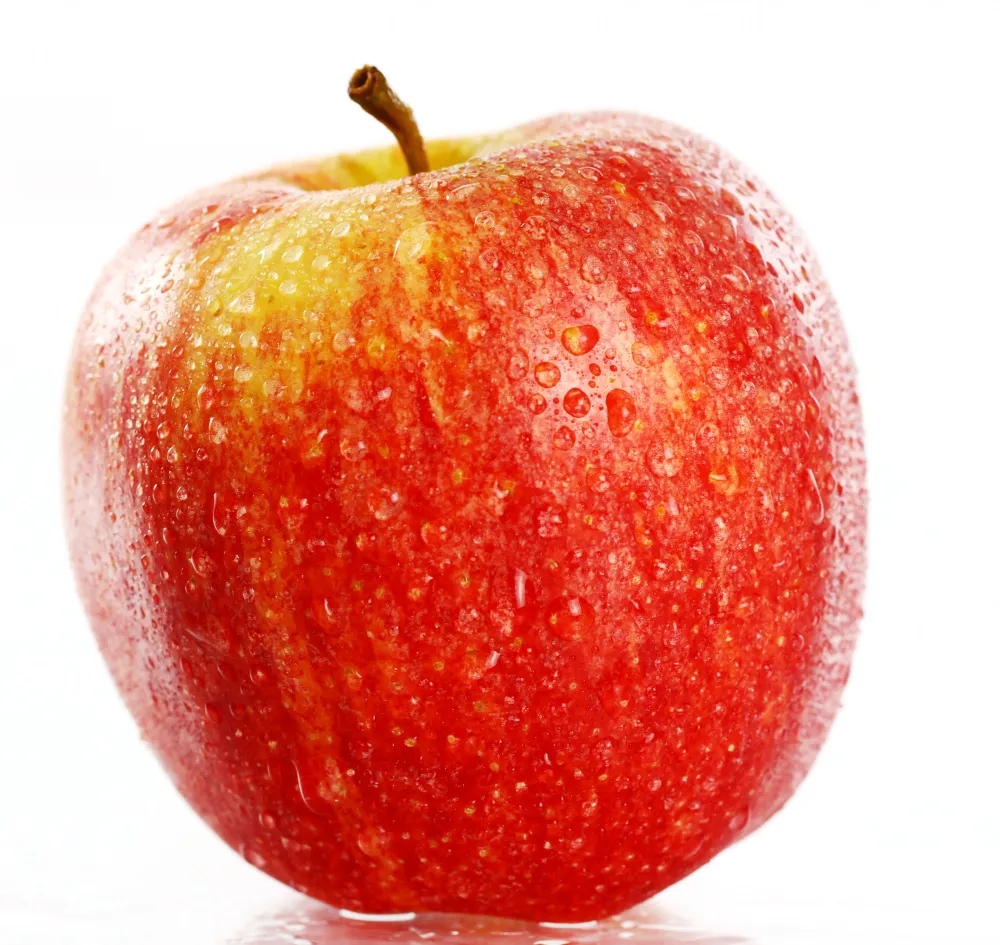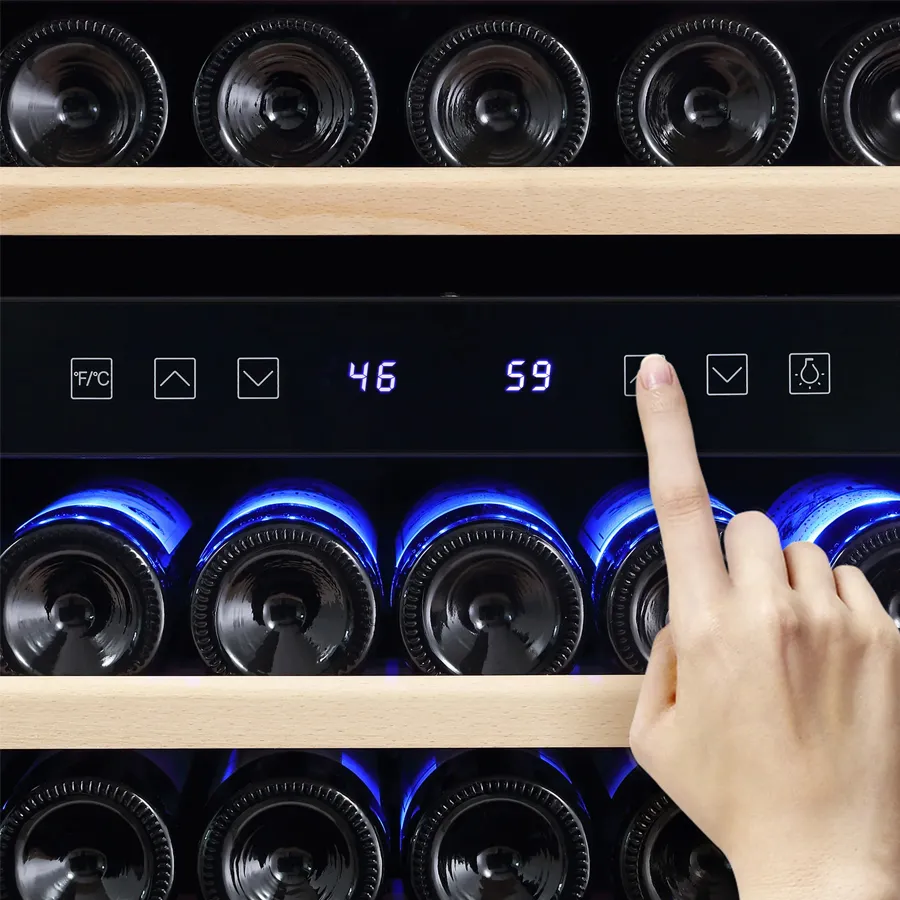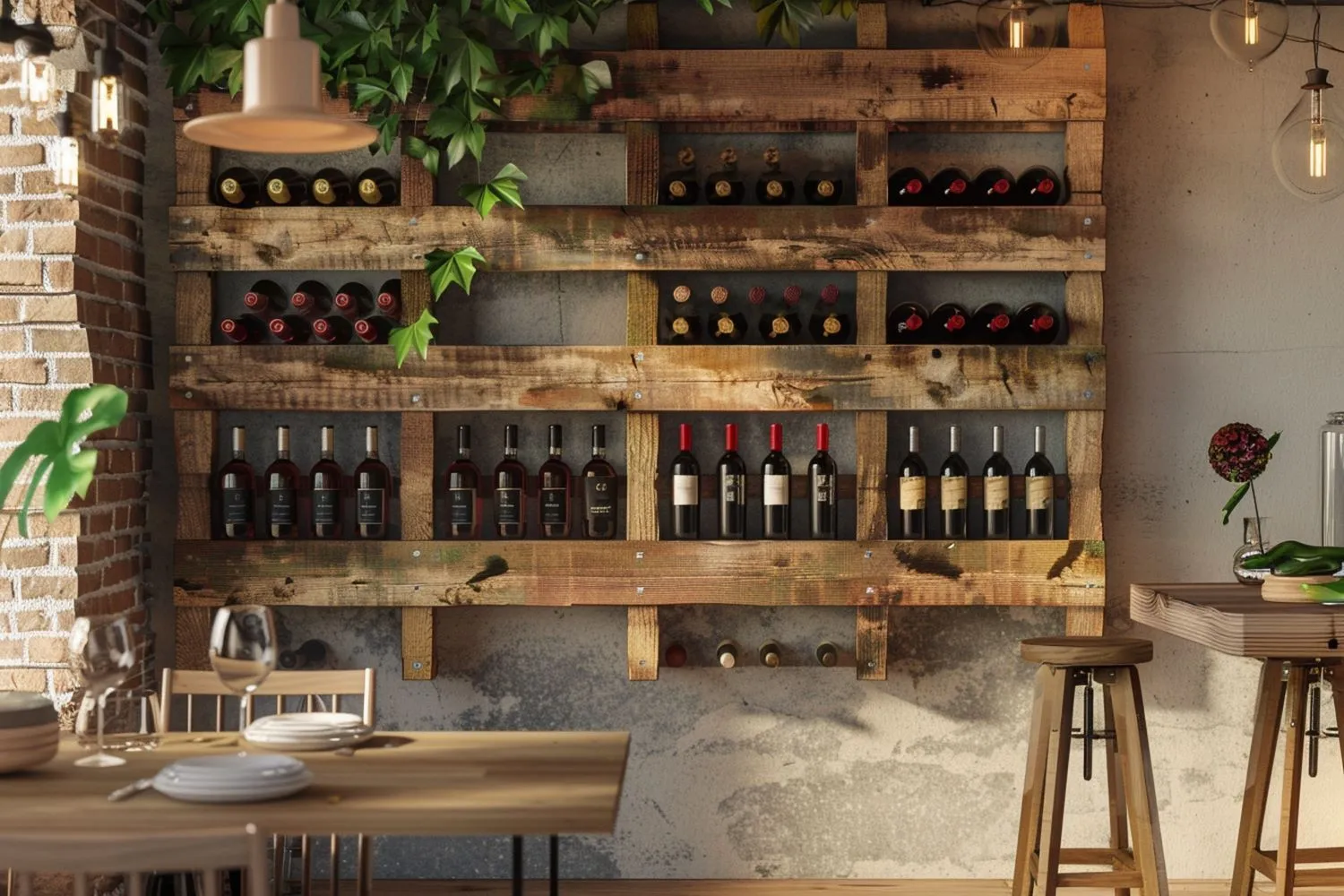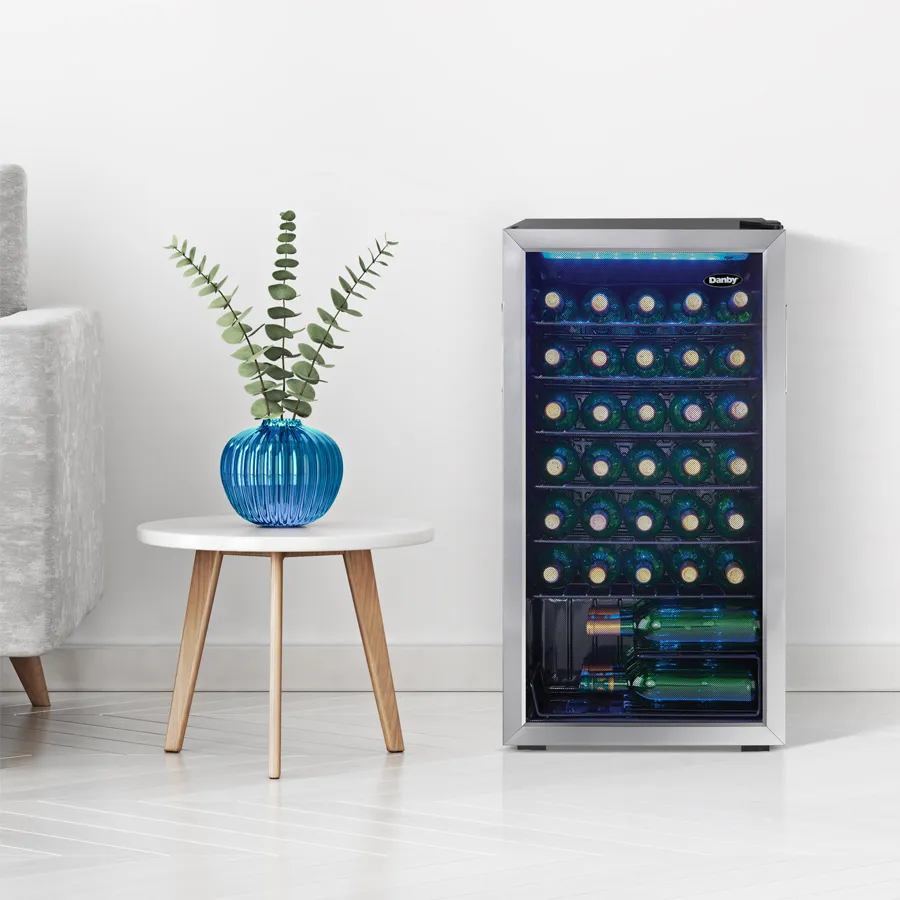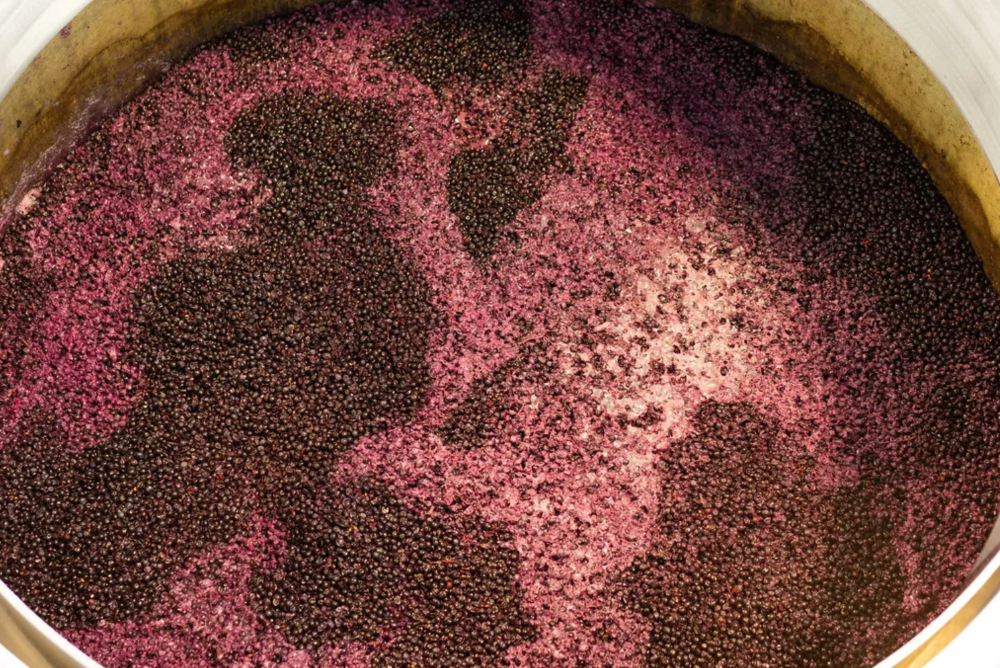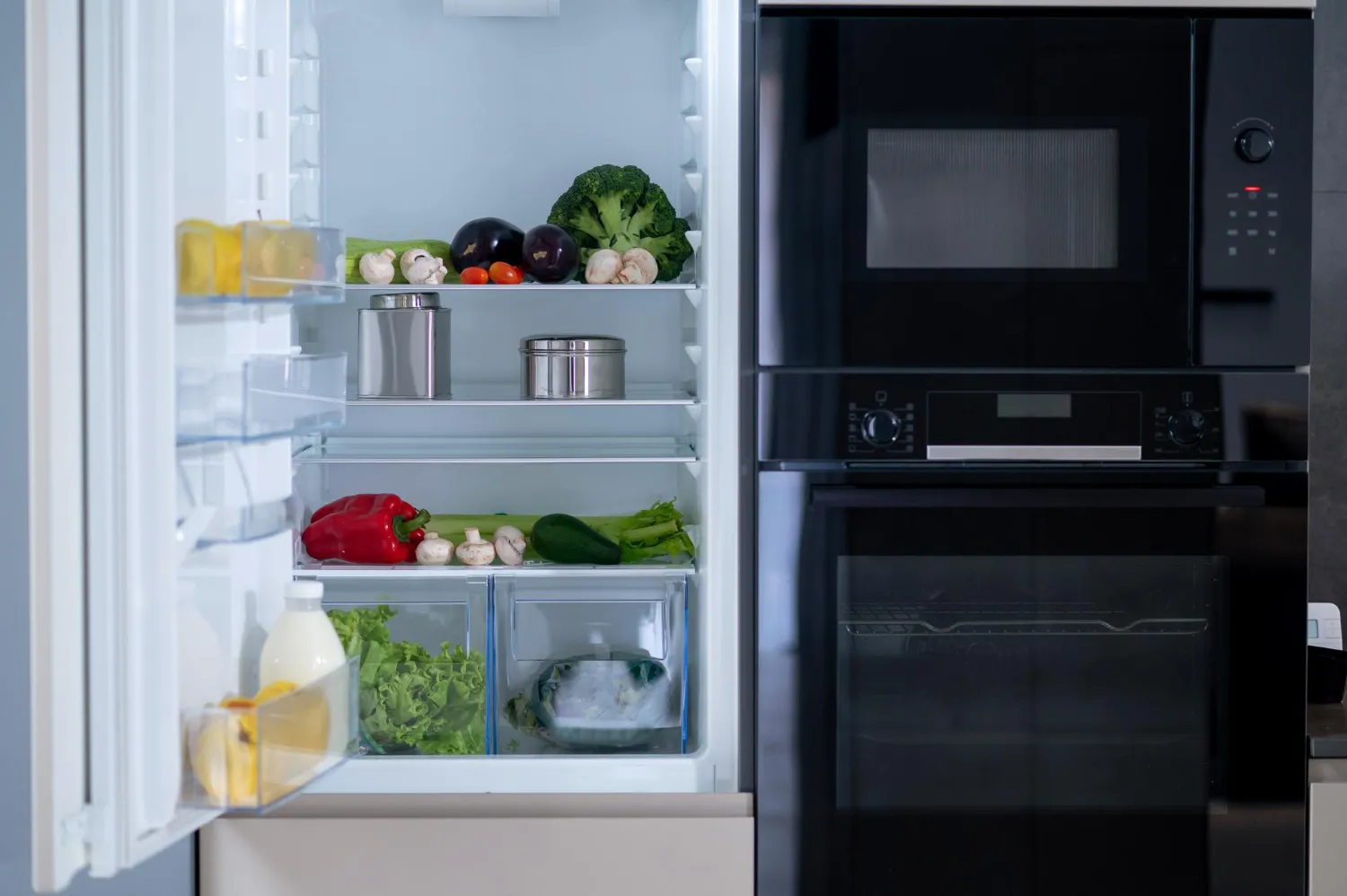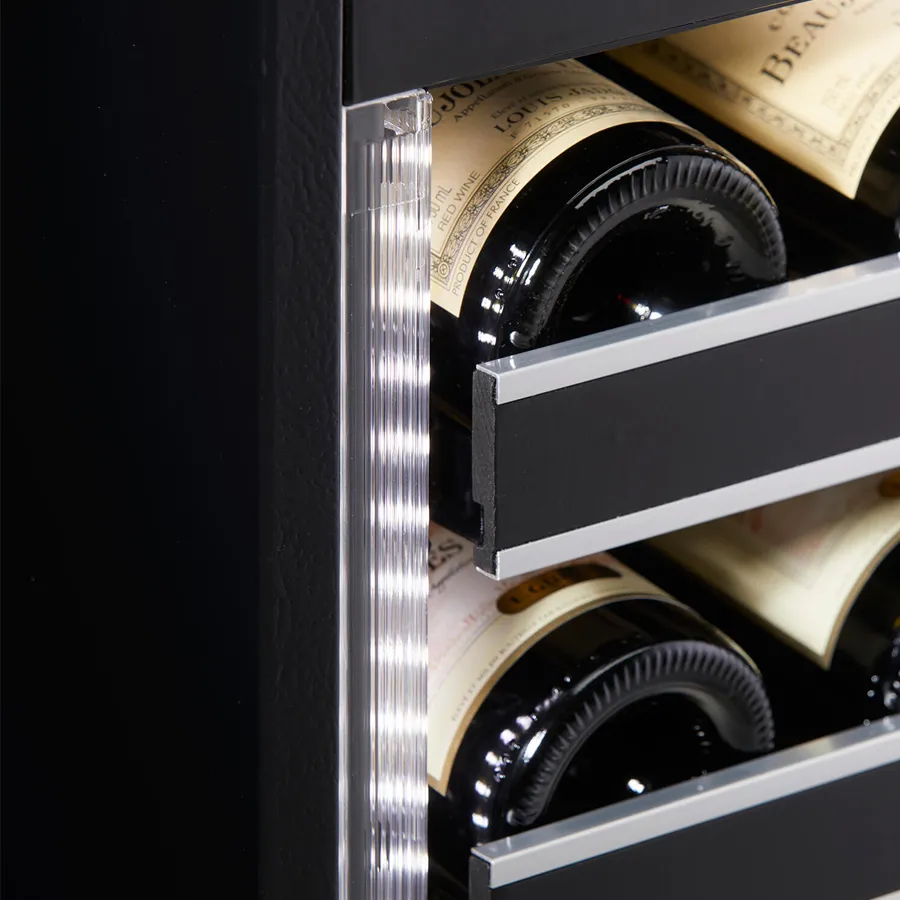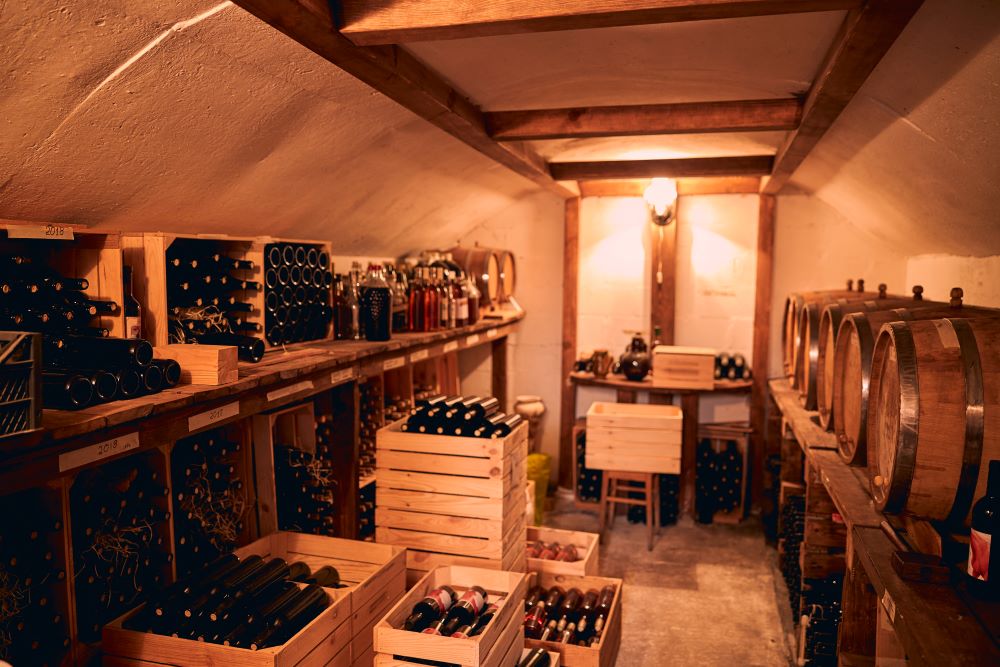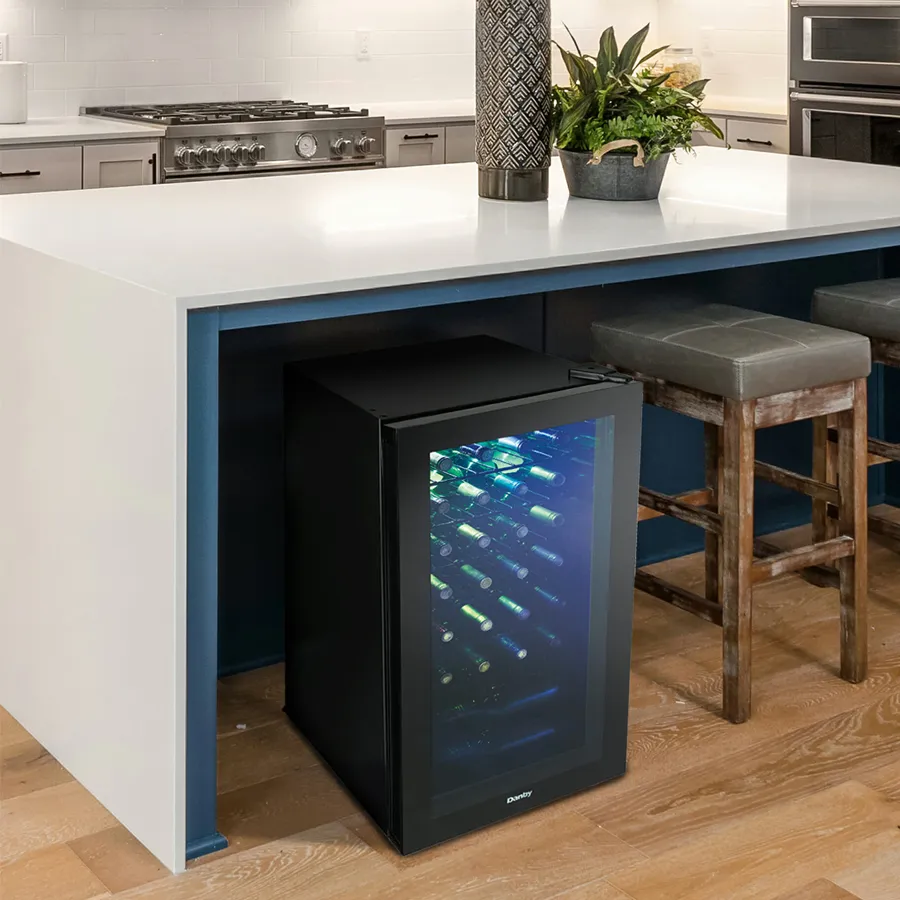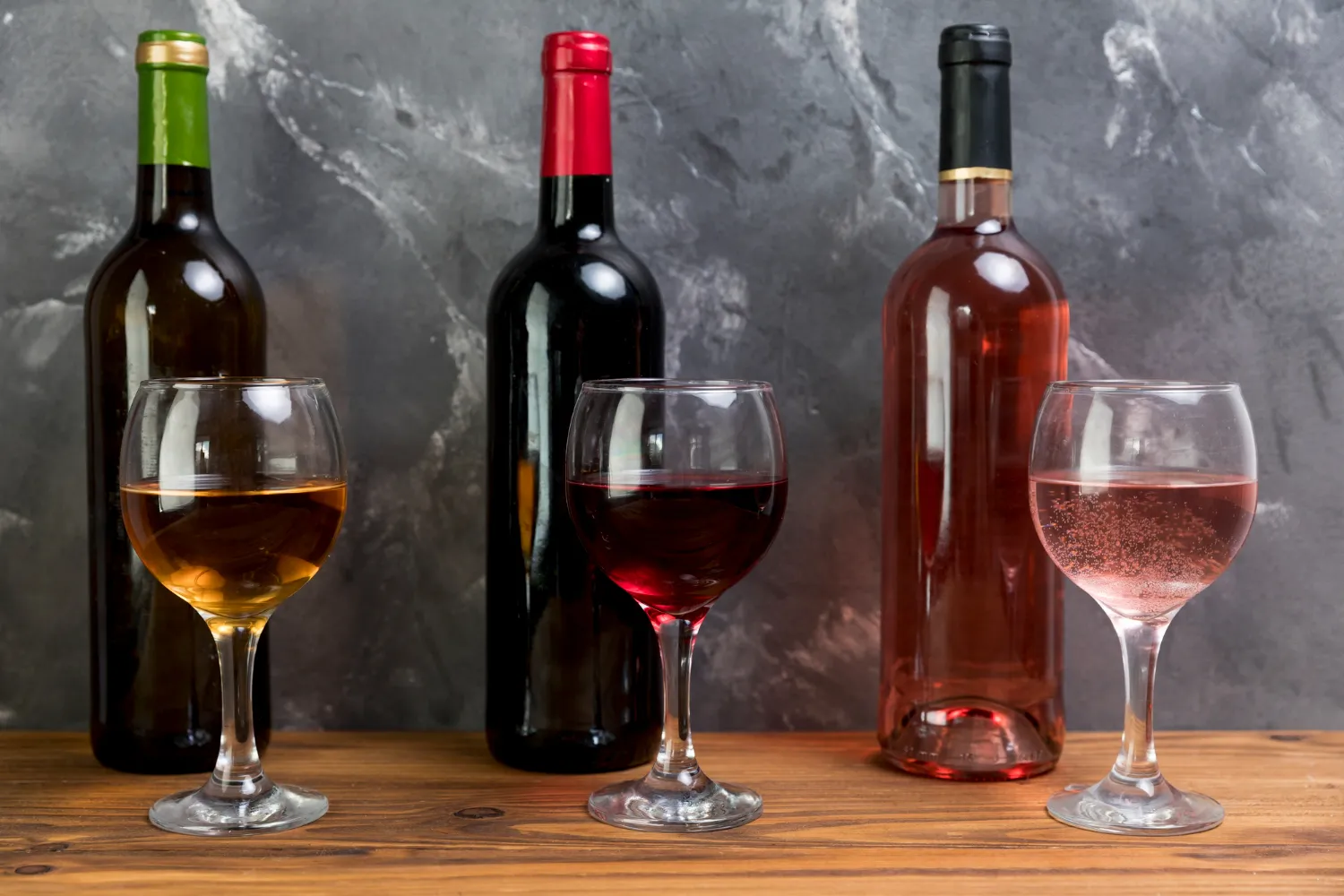Picture this: rows upon rows of carefully curated bottles, perfectly aged and ready to be savored at a moment’s notice. But why should you convert a closet into a wine cellar? The answer is simple. In a world where tranquility and indulgence are becoming increasingly scarce, having a private sanctuary to retreat to offers a sense of escapism like no other.
=> Can I Convert a Closet Into a Wine Cellar? Absolutely! Converting a closet into a wine cellar is a popular and practical choice for wine lovers who are short on space. By repurposing an existing closet, you can create a dedicated area to store and display your wine collection. Not only does it offer convenience and accessibility, but it also adds a touch of elegance to your home.
Choose the Right Location for Wine Cellar
The first step, wine cellars can’t be made in just any old closet, assess the available space and location of your closet. Consider the size of the closet, the layout, and its proximity to any heat sources or direct sunlight. Avoid areas that are prone to temperature fluctuations and vibrations as these can negatively impact the quality of your wine. Additionally, consider the ease of access and how the space will be utilized for storage and display. The first step, wine cellars can’t be made in just any old close
Consider 3 factors while choosing a closet wine cellar location:
- Temputure: Keep wine at 55 °F. Your cooling system can maintain that temperature, but picking a cooler place for your wine cellar can lessen its load. Avoid closets near windows, steam baths, kitchens, and laundry rooms. Every home has warmer and cooler zones.
- Lighting: Wine should be kept dark. Light prematurely ages wine. Choose a closet without windows or glass doors.
- Vibration: Shaking wine, even slightly, will cause sediments to be loosened and a chemical reaction to occur. Wine gets dulled by this. Stay away from the laundry area because the washer and dryer give off subtle vibrations. Keep out of the crowded cloakrooms. Constant foot traffic could cause vibrations in your new wine cellar.
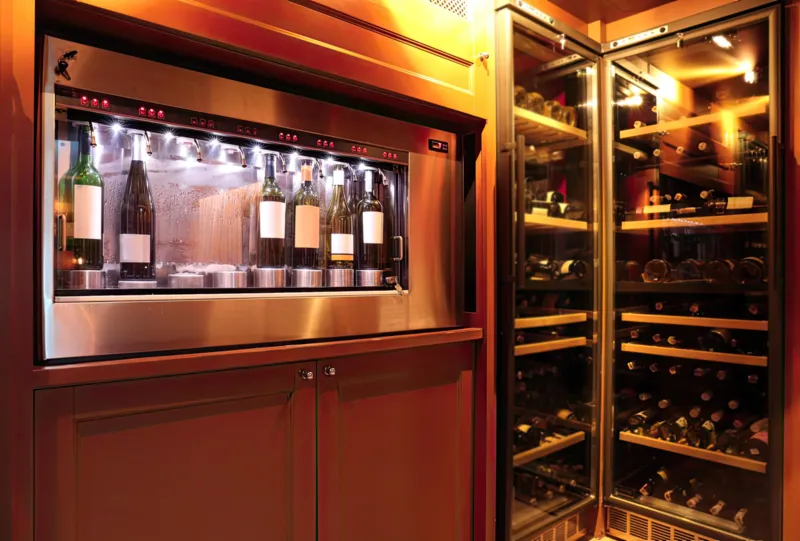
The Frist, three elements to consider while placing a closet wine cellar: Lighting, vibration, temperature
Make Sure Your Closet Enough Space for a Wine Cellar
Assessing the Space is the second step in the conversion process. You need to carefully assess the chosen closet space. Measure the dimensions of the closet, taking note of height, width, and depth. This information will be essential as you plan and make decisions regarding the design and layout of your wine cellar.

Second, in the conversion process is space assessment. You must carefully evaluate the closet space. Measure the closet’s height, breadth, and depth.
Smaller is better. The best wine cellars are modest and maximize space. Building a wine cellar smaller helps you control temperature and humidity. Smaller spaces make temperature and humidity control easier. and you need to Consider this: A typical walk-in closet is 5 by 7 feet. 35 square feet. That holds 650 to 750 bottles. Reach-in closets are 4 feet wide and deep. It yields 200 to 275 bottles. Most wine collectors have ample space for a large collection.
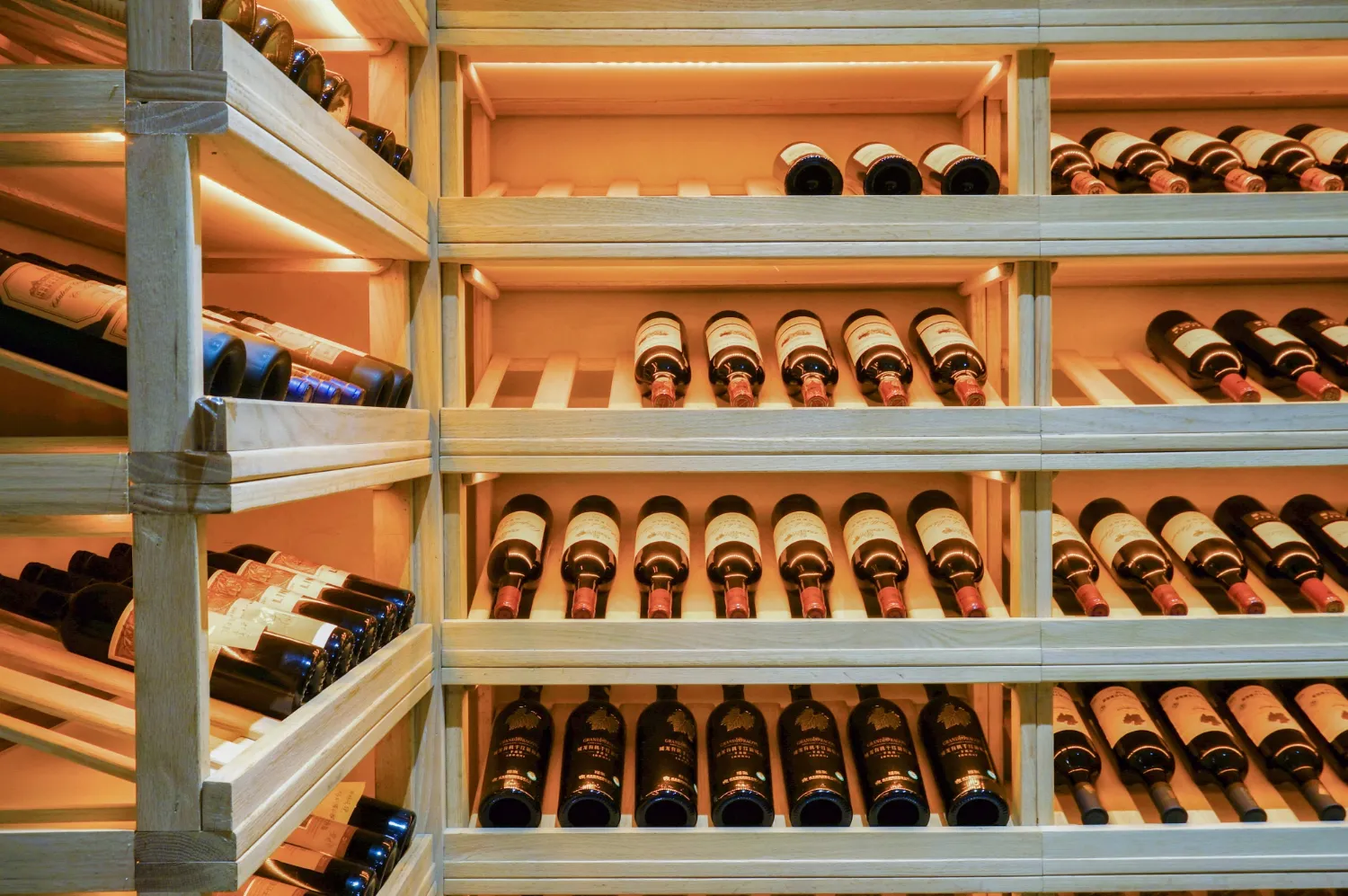
Ensuring Proper Insulation of Your Closet
One of the most crucial tasks in transforming a closet into a viable wine cellar is installing the proper insulation. This will help your Wine coolers run more efficiently and keep your closet at a comfortable temperature and humidity all year round. (Wine stored between 50% and 70% humidity keeps corks from drying out and letting air into the bottle.)
Thick insulation with an R-value between R-19 and R-30 is suggested (the greater the R-value, the better the insulation). Closed-cell foam insulation is ideal since it serves as a vapor barrier, halting the buildup of moisture on the walls of your closet cellar. As an added bonus, this insulation effectively reduces condensation. Yes, all surfaces, not just the walls, need to be insulated in the closet. Both the ground and the roof are included in this.
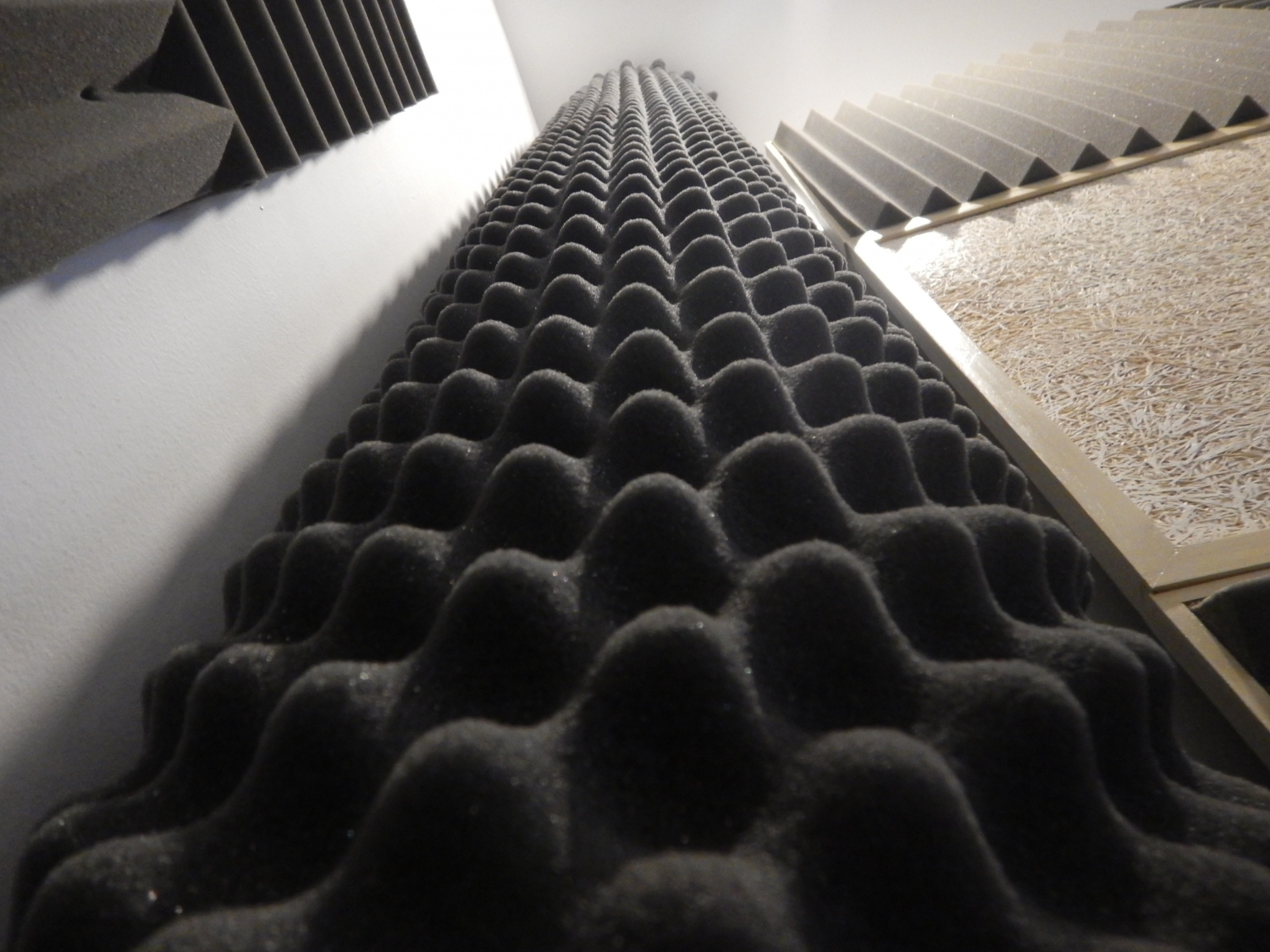
About Choose Your Wine Cellar Door
Properly climate-controlled wine storage is your objective. This will reduce the strain on your cooling system and help it keep the temperature where it needs to be for storing. Wine cellars require special doors, so keep that in mind when shopping. Doors made of glass should be avoided (unless they are made of tempered glass that has been double paned, is UV protected, and is expressly graded for use in a wine cellar). The perfect door would prevent any air from leaking in.
Ventilation and Air Circulation Your Closet
If you want to preserve the quality of your wines, proper ventilation and air circulation are crucial. To ensure there is adequate airflow in the closet, installing vents or fans can aid boost air circulation. By doing so, you may keep your wines in pristine condition and avoid unpleasant odors and the spread of mildew.
Lighting and Shelving
Your wine cellar’s functionality and aesthetic appeal could both benefit from thoughtful decisions about lighting and shelving. To avoid damaging your wines with excess heat, go for LED lighting. You could also think about installing sturdy wine racks or shelving systems to house and exhibit your wine collection.


